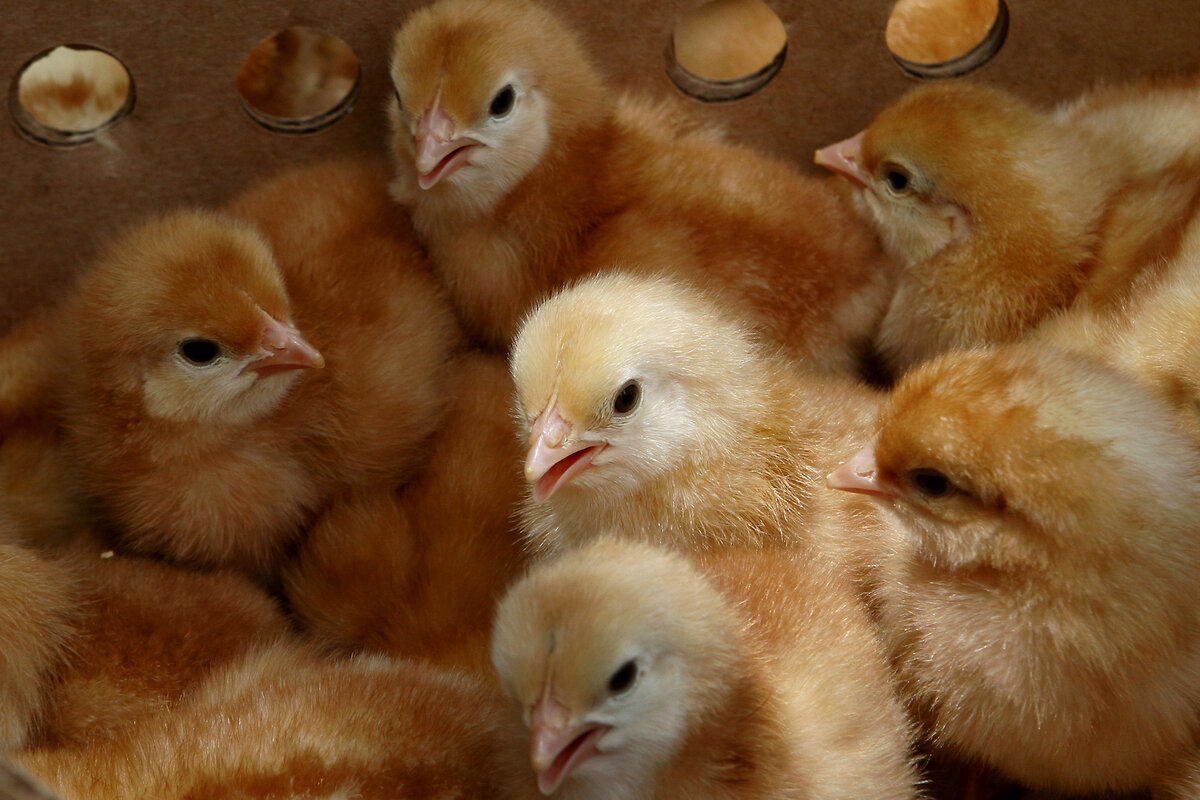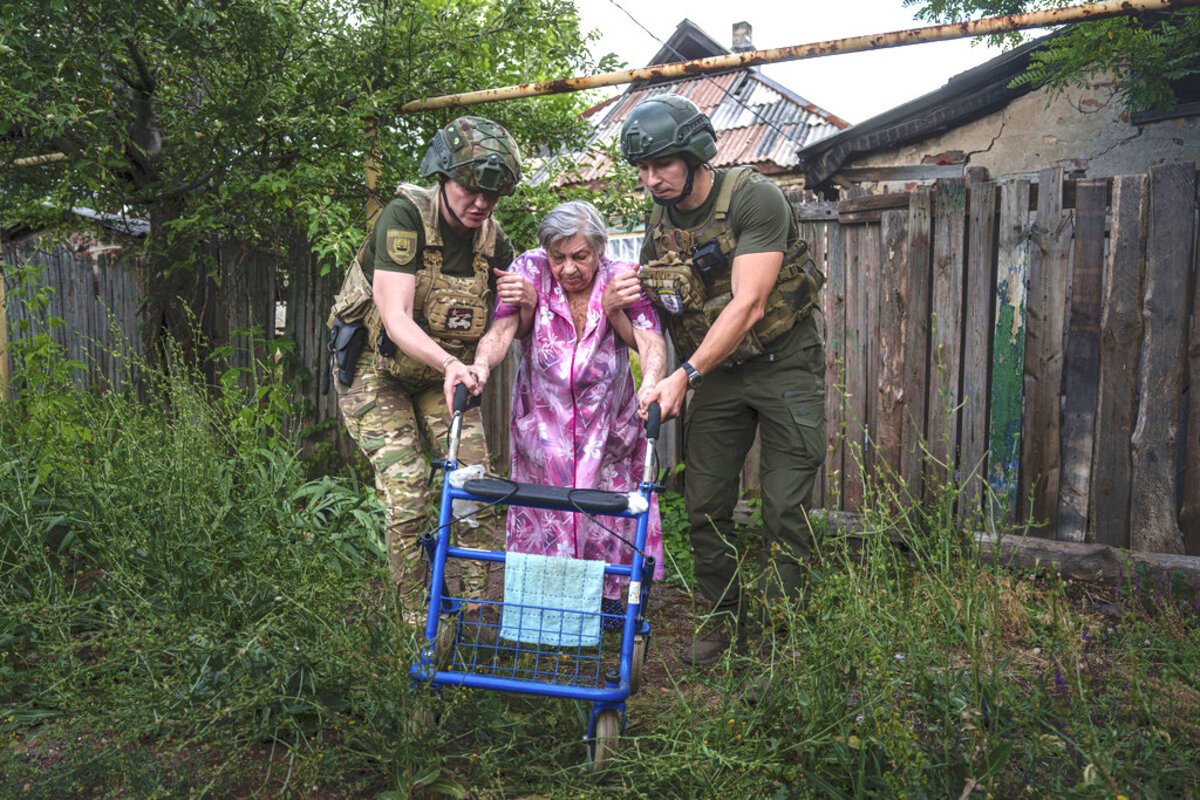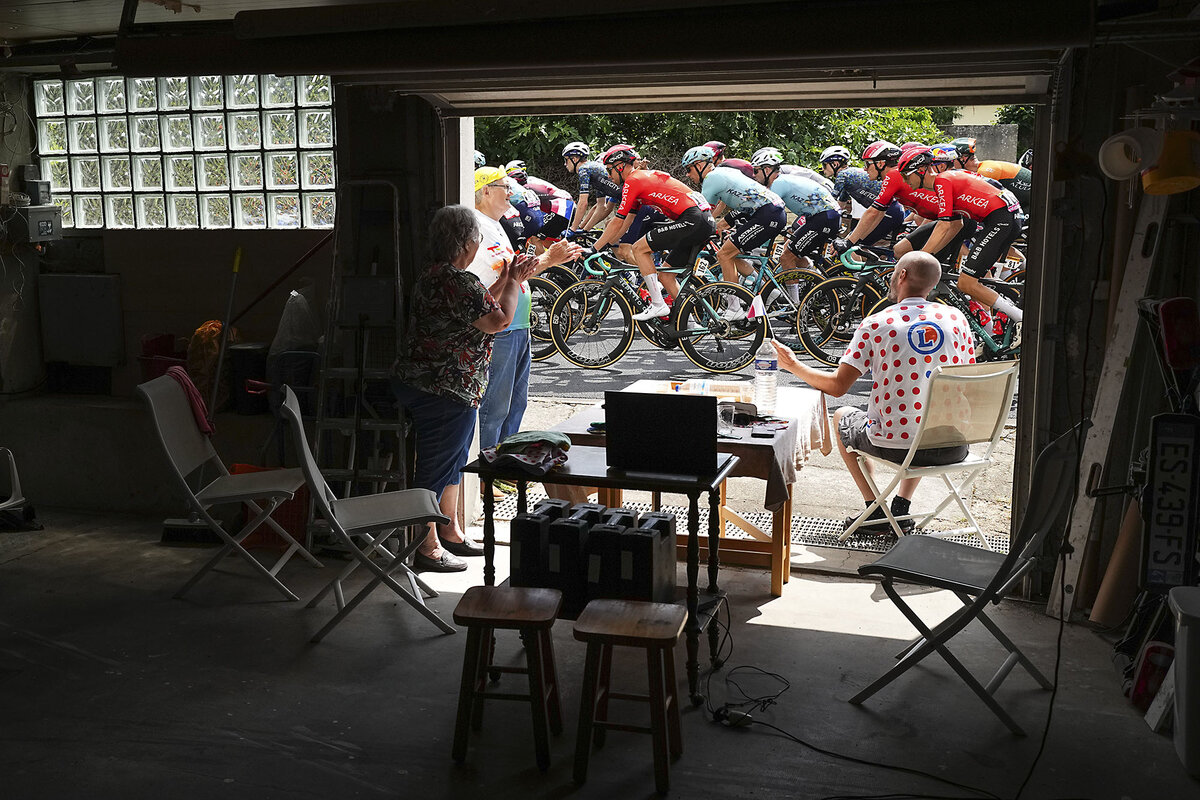Monitor Daily Podcast
- Follow us:
- Apple Podcasts
- Spotify
- RSS Feed
- Download
 Amelia Newcomb
Amelia Newcomb
People sometimes wonder what heads of state chat about in the less formal moments of a global gathering. Today, members of NATO assembled in Washington to toast the organization’s 75th anniversary – and it’s easy to think that small talk might prove particularly challenging as the political earth moves sharply under their feet at home, overshadowing NATO’s remarkable postwar history.
Howard LaFranchi addresses those dynamics today – and you’ll also see a link to his earlier, in-depth story on NATO. Linda Feldmann and Francine Kiefer, meanwhile, look at U.S. Vice President Kamala Harris in the spotlight. And Robert Klose’s essay about lessons learned as a boy taking on his first job is sure to prompt memories of your own.










